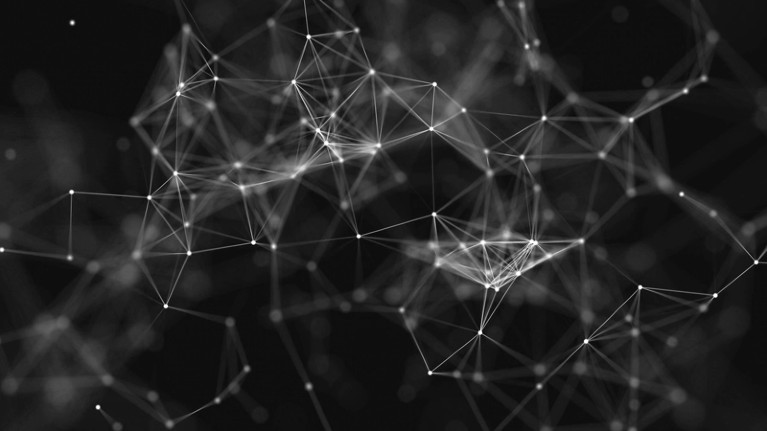
Maths researchers are analysing and classifying the various branches of their subject.Credit: Getty
Mathematics has its own way of doing things. Not for mathematicians the breakneck chase after the latest academic fad. “It goes up and down over the centuries,” said one expert, when asked whether fluid dynamics — her focus — is now trendy.
Maths moves at its own pace, and the field is currently involved in a global effort to analyse, audit and agree new classifications of how mathematicians study and make use of maths. The MSC2020 system, due to appear in 2020, will formally approve new categories of maths, and split existing definitions into finer classes.
MSC stands for Mathematics Subject Classification, and it provides taxonomical order. In the current MSC2010, for instance, the code 03 represents mathematical logic and foundations. Going deeper, 03E is set theory and 03E72 is fuzzy set theory.
Why bother? The system is jointly managed by the mathematical resource zbMATH, curated by the Leibniz Institute for Information Infrastructure in Karlsruhe, Germany, and by the American Mathematical Society’s Mathematical Reviews. Each is a ‘meta-journal’ that systematically summarizes and reviews every paper that comes out in the peer-reviewed mathematical literature. Mathematical Reviews and zbMATH use the MSC in their internal workflows, and many other journals have adopted the system to assign submissions to editors and reviewers. Mathematicians also use the numerical codes to search for papers in their speciality.
To keep the system up to date, every ten years the two organizations consult reviewers and request suggestions for new entries from the broader community. Nominations opened in July 2016 and close this August. A theme emerging for proposed new categories is for fields that mix traditional disciplines — such as ‘algebraic statistics’ and ‘numerical algebraic geometry’.
Take topological data analysis, a popular candidate for inclusion. The theory has its roots in topology — the study of shapes and their arrangements within one another — which includes knot theory and higher-dimensional spaces. For more than a century, topology was mostly a pure-maths affair. But researchers have found ways to use it to give structure to large data sets, and so topological data analysis has been born.
More generally, the revision takes the pulse of broader cultural shifts. Suggested new categories indicate that more mathematicians have started to collaborate with researchers in other fields.
Recognition of a new subfield can depend on building citations, and that is a slow process in maths. A recent study of some 20 million references for more than 900,000 mathematical articles in zbMATH found that the time it takes for a paper’s citations to peak is several years longer than in other fields — and is lengthening. Consequently, it takes a while for even the most dramatic breakthroughs to register in the MSC system. Many mathematicians expect Peter Scholze, a number theorist at the University of Bonn in Germany, to win a Fields Medal this year for his pioneering work on perfectoid spaces. But, as a research category, perfectoid spaces — only around since 2010 or so — is probably too undercooked yet to make the cut for MSC2020.
Can such a rigid hierarchy survive in an age of fluid metadata and keyword tagging? For now, it remains relevant. Studies have found a high correlation between clustering of the mathematical literature into topics — as measured from citation networks — and the MSC, at least at its upper levels. But things might change. For its own journals, for example, the American Physical Society changed in 2016 from a system similar to the MSC to a hybrid one called Physics Subject Headings. This has both a hierarchical tree of subfields and a broader set of ‘facets’ that cut across them like a Venn diagram, encompassing many terms. Maths might do the same at some point — but, quite correctly, in its own time. Maths has no need to start following fashion now.

 ‘Wavelet revolution’ pioneer scoops top maths award
‘Wavelet revolution’ pioneer scoops top maths award
 The biggest mystery in mathematics: Shinichi Mochizuki and the impenetrable proof
The biggest mystery in mathematics: Shinichi Mochizuki and the impenetrable proof
 The science that’s never been cited
The science that’s never been cited

